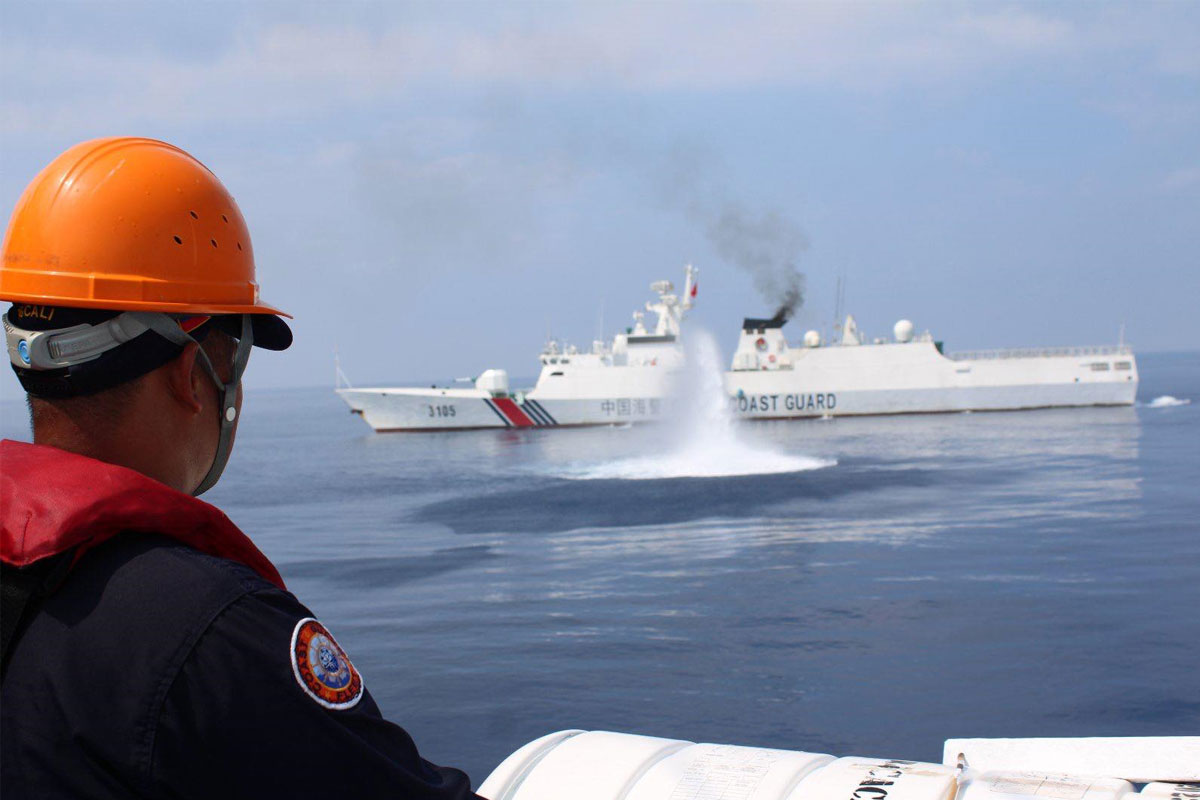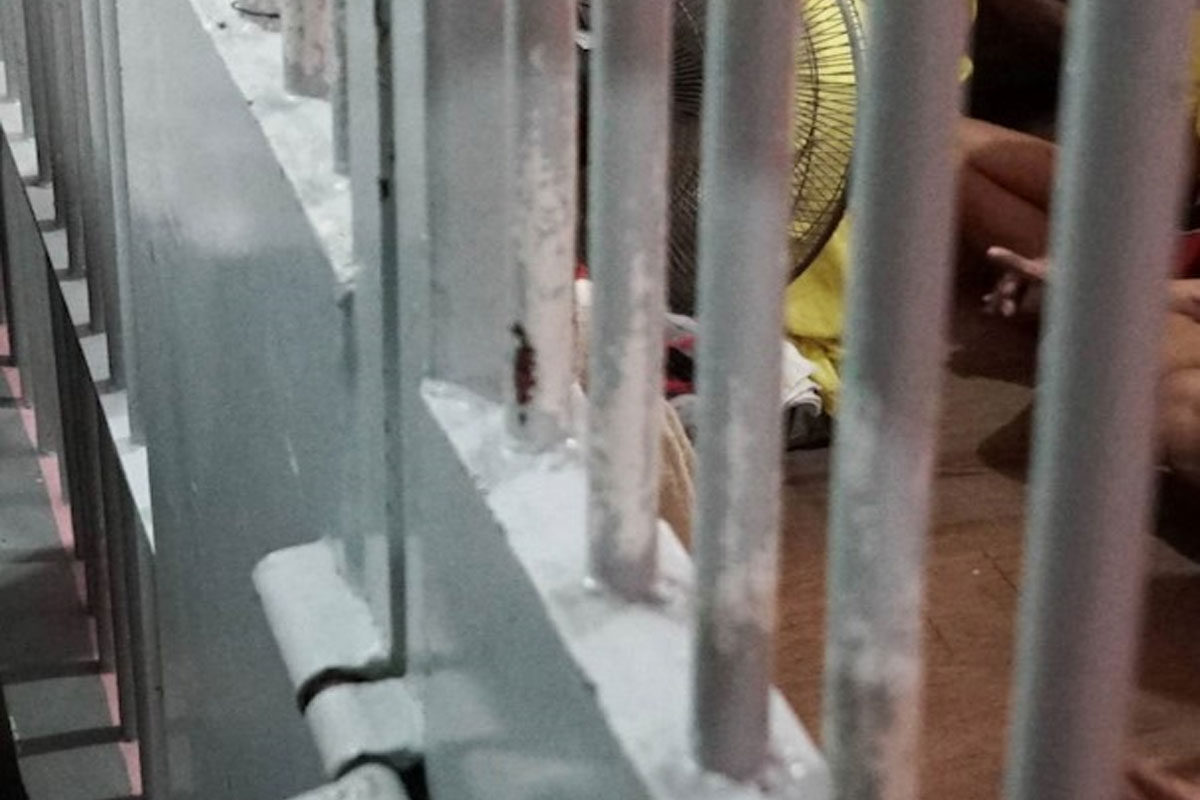
Solon seeks transfer of 50% of flights to Clark by 2025
HOUSE Minority Leader Marcelino “Nonoy” Libanan on Sunday said he wants up to 50 percent of all flights in and out of the congested Ninoy Aquino International Airport (NAIA) transferred to Clark International Airport (CIA) by 2025, in time for the projected full recovery of global air travel from the COVID-19 pandemic.
“Assuming all flights are divided evenly between NAIA and Clark by 2025, only half of all flights would be cancelled, diverted or delayed in the event of a sudden emergency in either gateway,” Libanan said.
“For instance, if NAIA has another air traffic system glitch, or if a large aircraft suddenly has a runway excursion there, only 50 percent of all flights would be disrupted once the other 50 percent is already operating out of Clark,” Libanan said.
“We have no choice but to fully harness Clark, which has been up and running for years. Clark is capable of operating more flights, offers good connectivity to Metro Manila via modern expressways, and is only 90 kilometers away from Quezon City,” Libanan said.
Libanan served as House transportation committee vice chairperson when he was Eastern Samar’s lone district representative. He is now 4Ps Party-list representative.
Last week, civil aviation officials told the House transportation committee that NAIA’s air traffic system is now fully functional, but that the country’s busiest airport still has no back up in case the system breaks down again as it did on New Year’s Day.
“If we do not take full advantage of Clark as alternate gateway, there will be chaos at NAIA once global air travel explodes,” Libanan warned.
The International Air Transport Association (IATA) sees international traveler numbers reaching 82 percent of pre-pandemic level this year, 92 percent in 2024 and 101 percent in 2025.
BCDA invested P10B to groom Clark as alternate gateway
Libanan said the government, through the state-run Bases Conversion and Development Authority (BCDA), had invested P10 billion to fully develop Clark as alternate gateway “precisely to alleviate congestion at NAIA and accommodate growing passenger traffic.”
“In fact, on top of the BCDA’s investment, the Department of Transportation (DOTr) also spent billions of pesos to modernize Clark,” Libanan said.
Libanan said the DOTr’s plan to privatize NAIA “won’t solve the airport’s congestion.”
“NAIA’s problem is lack of land for expansion. No new parallel runway can be built there because the area around the airport is already highly urbanized,” Libanan said.
IFC study: Clark is only immediate solution to crammed NAIA
Long before the pandemic, a study by the International Finance Corp. (IFC) had declared that: “Clark is the only immediate solution to address congestion in NAIA and expand airport capacity serving the Greater Capital Region (comprising Metro Manila, Southern Tagalog and Central Luzon).”
“NAIA is running over its design passenger and airside capacity, respectively. The current situation is unsustainable and can significantly undermine the Philippines’ competitiveness and economic growth,” according to the IFC study.
“Currently, flight delays and cancellations have become commonplace, as well as negative passenger experience. Having to fly through NAIA adds roughly four hours more to passenger travel time, having to pass through the highly congested roads of Metro Manila,” the study pointed out.
Outside of NAIA and Clark, Libanan said it would take 10 to 15 years to build another major aviation hub serving the Greater Capital Region – whether in Bulacan or Cavite.
Runway excursions, emergency repairs also a risk to NAIA ops
Besides the New Year’s Day air traffic system malfunction that displaced 350 flights and 66,000 passengers, NAIA had also been paralyzed by runway excursions in the past.
In 2018, a runway excursion of a Xiamen Air Boeing 737-800 jet disabled NAIA for 36 hours, causing mayhem for days as airlines struggled to mount recovery flights after the airstrip was cleared.
Runways excursions by smaller aircraft have since also hampered NAIA’s operations, though to a lesser extent.
In 2017, flights were also messed up for several hours on at least two occasions due to emergency runway repairs.




















